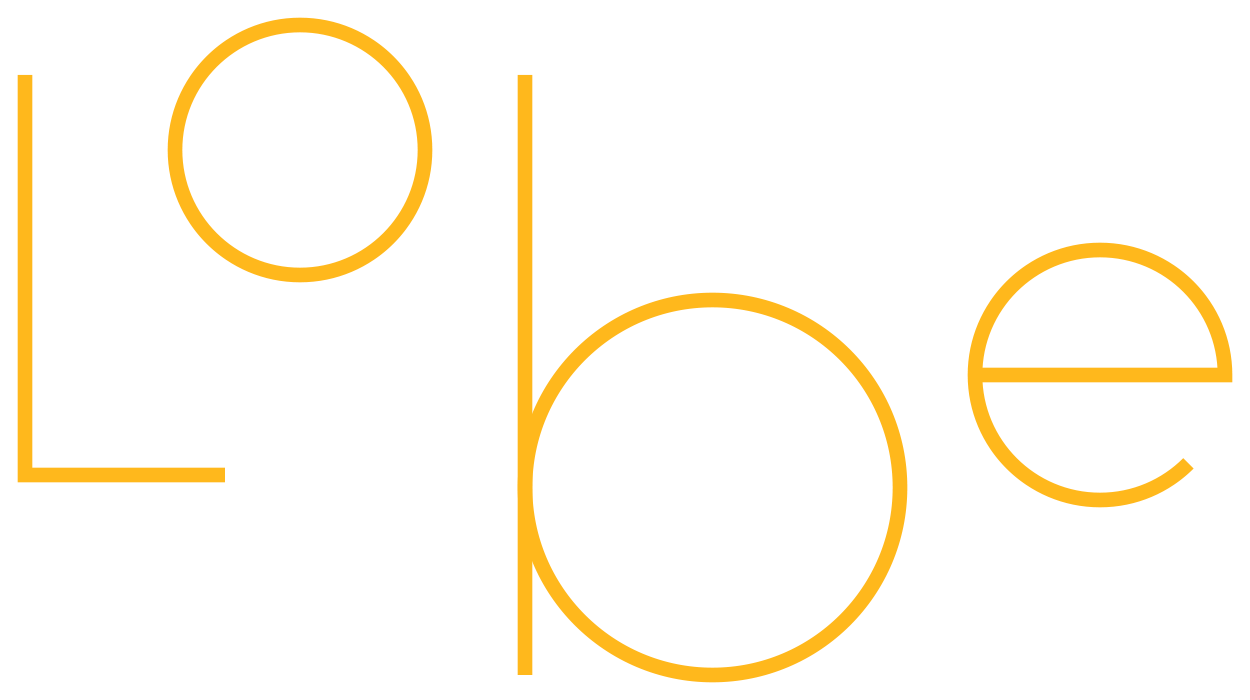Described below are themes that Lobe is interested in and the categories by which it organizes its programming. Most projects fall under, or bridge between, multiple headings. These categories are responsive and remain open to shifting and expanding to include new, diverse ways of approaching spatial sound.
Immersive Experiences
Lobe’s 4DSOUND system immerses listeners in a soundscape without perceivable sound-sources or ‘sweet spots’. The addition of vibrotransducers in the floor provides tactile sound so that listening is a physical, multisensory experience. The uniqueness and nuance of this sonic environment encourages engagement with the ways by which sound and listener co-exist. Sound immersions support contemplative practices and tune the sensory pathways that connect individuals to that around them.
Context Points:
Multi-sensory engagement with sound
Durational, interactive experiences
Group listening: differentiated subjective hearing
Somatic experiencing: hearing based on movement and position in space
Contemplative and meditative practice
Related Works: Deep Channel, Sounds for a Room, Sta/g-mos, Are You Moving?, Lost Space // Orchid Mantis
Spatial Composition
Composing or mixing live in Lobe is a unique process as the artist is immersed in, and affected by, what they are creating on the 4DSOUND system. This allows the artist to experience their work expanded in new dimensions as they are making it. Lobe invites musicians, producers, DJs, and sound artists to research, explore and expand their imagination in regards to the vast possibilities of creating and presenting work in immersive spatial sound.
Context Points:
Artist Creation of original works in 4DSOUND
Spatial mixing of stems or pre-existing works
Listening events for pre-existing works
Related works: Deep Channel, Sounds for a Room, Are You Moving?
Therapeutic Modalities
Lobe collaborates with practitioners working in a variety of methods for supporting health and wellbeing. As part of this collaboration with therapeutic practices and healing modalities Lobe invites individual practitioners to creatively integrate sound into their work. This programming investigates practical applications for research suggesting that spatial sound produces restorative states for listeners and creates opportunity for repatterning stress responses on a fundamental level.
Context Points:
Spatial sound’s abilities to aid in healing modalities
Current and historical uses of immersive sound in therapeutic practices
Spatial sound’s effect on the inner ear and nervous system
Related Works: Sta/g-mos
Research & Listening Practices
Lobe facilitates research and education across disciplines and through institutional partnerships. Through this programming, Lobe collaborates with instructors and researchers whose work would benefit from precise, experiential access to 4DSOUND technology. Out of these sound-studies and intentional listening practices come opportunities for shared vocabularies around listening to further develop and move between disciplines.
Considering the connection between contemplative practices and neuroscience, Lobe invites researchers to explore the role that acoustic information and intelligence plays in the human experience. Lobe promotes the creation of compositions that can be used as teaching tools or to support sustained active listening practices.
Context Points:
Experimental pedagogy
Interdisciplinary exchanges
New methods and applications for spatial sound research
Compositions that promote deeper listening skills and sustained practice
Intersections between contemplative practice and neuroscience
Psychoacoustics
Affect theory
Otoacoustic emissions and infrasonics
Articulating in regards to, and by way of, intentional sensory engagement
Related Works: Lost Space // Orchid Mantis
Acoustic Epistemologies
Compositions in this series work with speculative sonic architectures, context-bound storytelling, infrasounds, and the sounds of both human and nonhuman others. These works aim to unsettle the positions from which we listen and invite recognition of how our perception is structured.
When listening at Lobe, the sound one hears will be different depending on where individuals are situated in the room, how they are moving, whether they are laying down or standing; it will be subjective and dynamic for every person in the space. Considering the perceptual habits of listening subjects -- the position from which we hear, how we interpret what we have heard, and how we approach knowing what others around us have heard -- is an essential aspect of experiencing and sharing in sound. This programming supports an uncertainty of what “listening” is and prompts reflexivity by deferring knowing.
Context points:
Presenting ways of knowing through sound
Unfixing listening perspectives
Using immersive technology to build empathy and awareness
Context-bound storytelling
Encountering otherness
Ecology/activism
Environmental listening
Interspecies or human/nonhuman transmissions.
Speculative and mutable acoustic architectures
Reflexivity: hearing ourselves hearing
Related Works: Lost Space // Orchid Mantis
Modes of Performance
The immersive nature of Lobe’s 4DSOUND system means that it does not produce a ‘focal point’ of presentation. This technology inherently encourages creative innovation in how a work is presented and how the roles of “performer” and “audience” are arranged and established. Through this programming, Lobe features artistic work that takes a primary interest in “performance” through the integrated use of spatial sound technology and other new media.
Context Points:
Performance art
Integrated medias
Theatre and Dance
Live and interactive experiences
Binaural experiences
Streamed performances or recordings
